Description
“Python: The Complete Reference” is a comprehensive book that serves as an in-depth resource for Python programming, typically aimed at both beginners and advanced developers. There are a couple of books with similar titles, and you might be referring to one of them. The most well-known is *”Python: The Complete Reference”* by Martin C. Brown. Here’s an outline of what such a book typically covers:
### Overview:
– **Title**: *Python: The Complete Reference*
– **Author**: Martin C. Brown (Published by McGraw-Hill)
– **Target Audience**: Both beginners and experienced programmers who want a thorough reference for Python.
### Key Topics Covered:
1. **Introduction to Python**
– Brief history of Python
– Setting up Python on various platforms (Windows, Mac, Linux)
– Understanding the Python interpreter and the REPL (Read-Eval-Print Loop)
– Basic syntax and data structures (lists, dictionaries, sets, etc.)
2. **Core Python Concepts**
– Variables, constants, and identifiers
– Operators (arithmetic, logical, comparison, etc.)
– Control flow: `if`, `else`, `elif`, `while`, `for`
– Functions, lambdas, and closures
– Exception handling using `try`, `except`, `finally`
– File handling (reading/writing files)
3. **Object-Oriented Programming (OOP) in Python**
– Classes and objects
– Inheritance and polymorphism
– Encapsulation and abstraction
– Special methods like `__init__`, `__str__`, and `__repr__`
4. **Data Structures and Algorithms**
– Lists, tuples, sets, and dictionaries in-depth
– Stacks, queues, and linked lists
– Searching and sorting algorithms
– Recursion and dynamic programming
5. **Libraries and Modules**
– Importing modules and creating your own
– Standard library modules: `os`, `sys`, `math`, `datetime`, etc.
– Using external libraries and package management with `pip`
– Python’s built-in functions and utilities
6. **Advanced Topics**
– List comprehensions and generator expressions
– Decorators and context managers
– Metaclasses and Python internals
– Coroutines and asynchronous programming with `asyncio`
– Memory management, garbage collection, and performance optimization
7. **Python for Web Development**
– Web frameworks (Django, Flask)
– REST APIs and web services
– Web scraping with `BeautifulSoup` or `Scrapy`
8. **Testing and Debugging**
– Unit testing with `unittest` and `pytest`
– Debugging with `pdb` and IDE support
– Best practices for writing maintainable code
9. **Working with Databases**
– SQLite, MySQL, and PostgreSQL integration
– Object-Relational Mapping (ORM) with SQLAlchemy
10. **Python for Data Science and Machine Learning**
– Libraries like `NumPy`, `pandas`, `matplotlib`, and `scikit-learn`
– Basics of data manipulation and analysis
– Introduction to machine learning algorithms and models
11. **Python for Automation and Scripting**
– Automating tasks with `os`, `shutil`, and `subprocess`
– Regular expressions with `re`
– Task scheduling and automation frameworks like `Celery`
12. **Best Practices and Design Patterns**
– Writing clean, readable, and maintainable code
– Design patterns in Python (e.g., Singleton, Factory, Observer)
– Pythonic coding styles and conventions (PEP 8)
### Why This Book is Useful:
– **Reference Material**: It offers a thorough reference to Python, making it an ideal resource to turn to when you’re unsure about a particular concept or function.
– **Broad Coverage**: It covers a wide range of topics, from basic Python programming to advanced concepts and real-world applications like web development and data science.
– **Examples and Exercises**: The book typically includes practical examples and exercises to help solidify your understanding.
### Ideal for:
– Beginners who want a structured introduction to Python.
– Intermediate programmers who want to deepen their knowledge and gain insights into best practices.
– Experienced developers who need a reference book with detailed explanations of Python’s features.
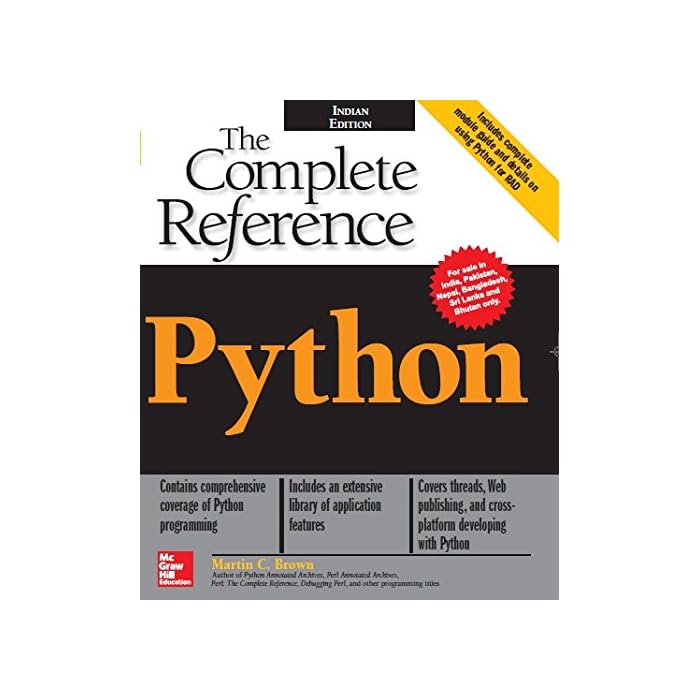
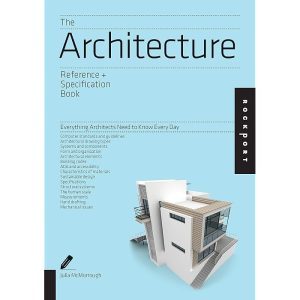


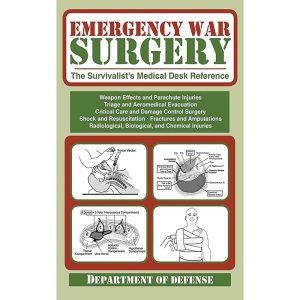



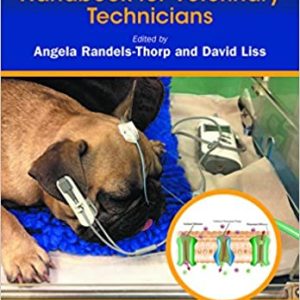

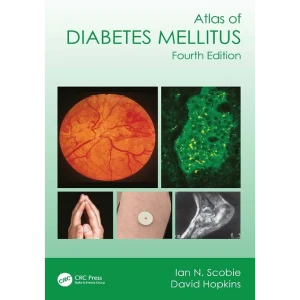
Reviews
There are no reviews yet.